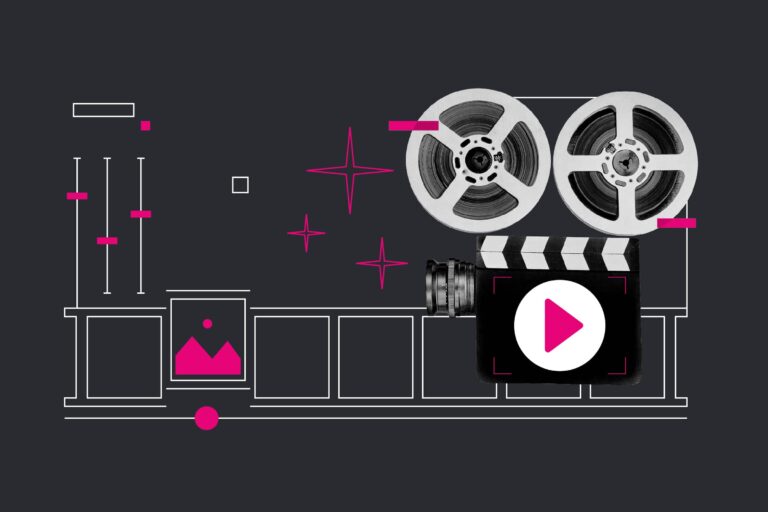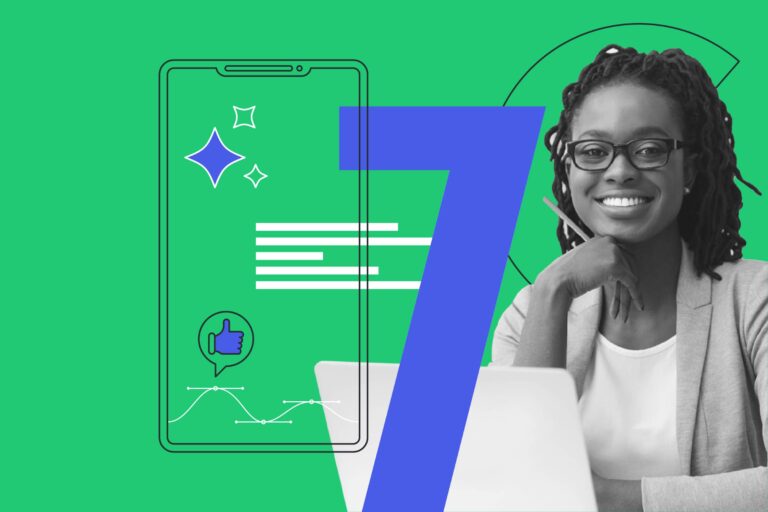A design trend is a curious phenomenon — even while it’s mainstream, it can be edgy and exciting. For graphic designers and creatives, following the latest graphic design trends is less like jumping on the bandwagon and more like joining a revolution.
That’s the word we’re looking for: Revolution. As designers, we push aside design industry practices that are starting to look stale and usher the public into a visually brave new world. And yes, “new trend” can also mean we draw our inspiration from 20 to 200 years ago.
Last year’s trends were great — but we’re moving on to bigger and bolder horizons in 2022. Here are seven graphic design trends that have been pickling in the design space for the past few months!

1. Anti-Design
Anti-design design isn’t exactly a new idea. A hundred years ago, the Dada and Surrealist movements waged war against a world of sensible aesthetics. However, today’s anti-design trend is more closely related to Brutalism.
Brutalist design, which is one of the top graphic design trends, aims to expose the beauty of the unfinished, the “under construction,” and the stripped-down, hence its architectural trademarks of bare cement walls and exposed pipes.
When it comes to graphics, the anti-design trend finds expression in “ugly” color combinations, websites with “missing” CSS styles, and generally rebellious design behavior.
Good design is about legibility and usability, but anti-design throws those traditional design principles in the viewer’s face to gain visual interest and elicit a reaction.
Designers who wish to let their hair down should remember that all “good” design is still about the result. Therefore, even the ugliest of ugly-pretty designs must still send viewers to the right call to action. The wrong move might render your work a museum piece instead of a stroke of marketing genius.
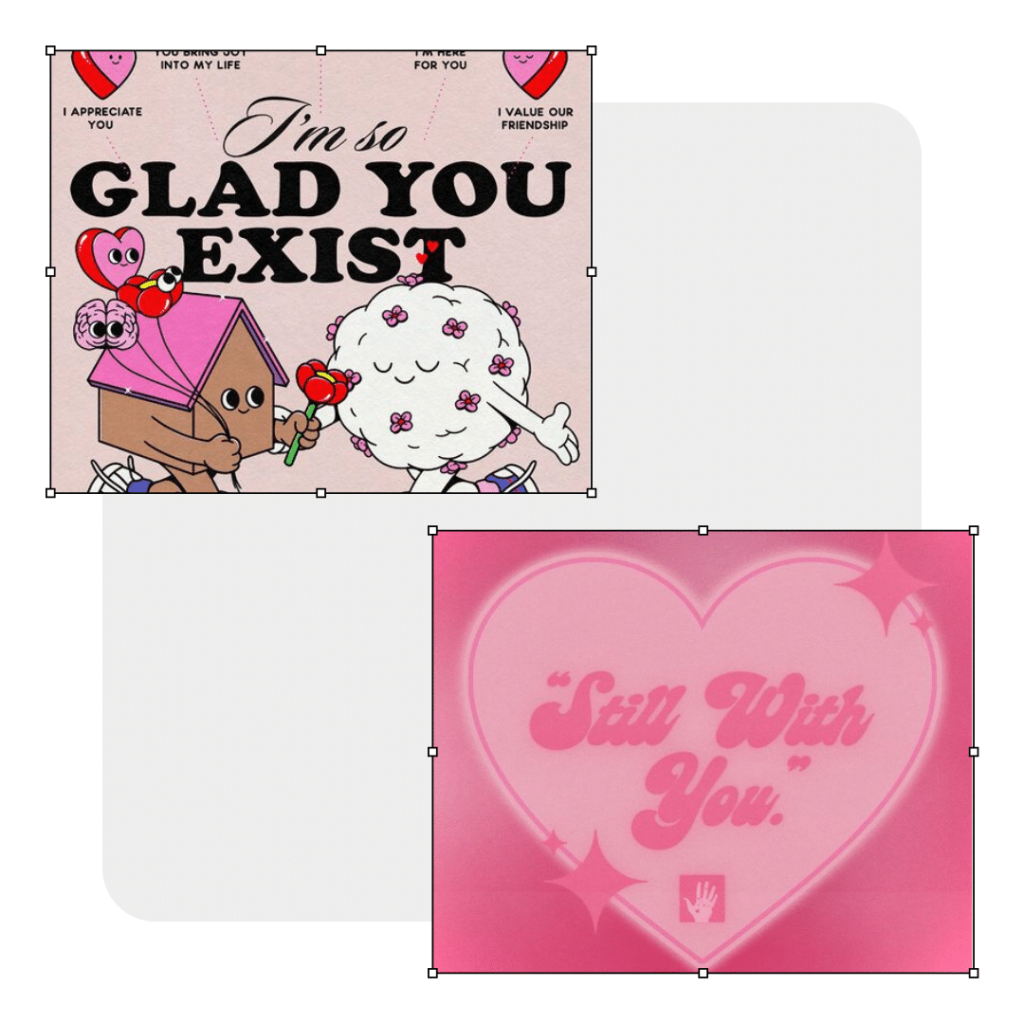
2. Y2K
They say distance makes the heart grow fonder, and boy, do we think it’s true in this case. Gen Z babies have zoomed into adulthood, and their childhood nostalgia has brought about the Y2K design trend.
Since we’re talking about a whole era here (from the late 1990s to the early 2000s), the Y2K trend encompasses several different styles. It can be grungy and gritty, but it can also be ultra-techy. Think Windows 98, Bratz dolls, Tamagotchis, and curved 4:3 TV screens. Following in the broader footsteps of the anti-design trend, the Y2K trend is partly about finding beauty in what was once considered tacky and cheap — a phenomenon where “pretty ugly” becomes “ugly-pretty.”
When it comes to graphic design elements, the Y2K look eschews clean minimalism and embraces all things kitschy and irreverent. Doodles and textures are welcome. It’s ✨ a e s t h e t i c ✨ and a great scroll-stopper! Many graphic designers find this trend bold, expressive, yet purposeful and engaging.

3. Ukiyo-e
Computer-enabled vector graphic design was invented in the 1960s by Ivan Sutherland. Designers could now create art using lines that connect points and Bezier curves. This empowered many artists to embrace the “flat” illustration style, where entire artworks are rendered using large color blocks and bold outlines.
Thus, we have evolved a flat illustration style via a digital route. But humans have been creating flat design illustrations for hundreds of years.
Ukiyo-e, a printing method using hand-carved blocks of wood, was a huge trend in Japan throughout the 17th and 18th centuries.
Today, drawing inspiration from centuries-old Ukiyo-e prints, vector designers and artists can add a little zest to flat, minimal illustrations.
The Ukiyo-e graphic design trend coincides with the Japandi (Japanese + Scandinavian) interior design trend of recent years.
Japanese traditional art inspiration brings about a modern minimalism that’s cozier and more comfortable, rougher around the edges, with a little classy nostalgia.

4. 3D + 2D
The 2D (flat) and 3D design trends have been running their parallel courses for years now. When we create designs, it’s either one or the other. When we talk about them as graphic design trends, we talk about them separately. But recently, the design world has been changing.
The “anti-design” trend kind of means that, yes, designers are running wild looking for rules to break. (And you can be sure we’re enjoying it!) One symptom of this Purge-like design behavior is the almost shameless combination of 2D and 3D visual elements together in collage-like compositions.
And like an unlikely food combination, the result can be surprisingly *chef’s kiss* gourmet. 3D work is usually costly, so even the most playful 3D+2D design has an elevated quality — especially if motion design is involved.

5. Maximalist Collages
The digital landscape is evolving. Riso print and dot printer effects, glass and crystal overlays (“glass morphism”), statement patterns, grungy, rough textures, bold colors and irregular geometric shapes, torn paper and paper “cutouts” — this year, we are rebelling harder than ever against the minimalist movement of the early 2010s.
It’s a joyful sort of rebellion, with all the spirit and character of a Coachella mosh pit. Once, we nodded sagely whilst saying, “Less is more,” but now, we’ve thrown convention to the air and raided our childhood closets for the stickers, sequins, ink, and ribbons.
Designers who go the maximalist route must find their “center” — a way to balance digital chaos with communication, a method to the madness. It’s possible to achieve the effect of maximalist negative space by filling entire areas with homogenous noise. This will allow for the same compositional hierarchy that gives a minimal design that signature clarity of thought.
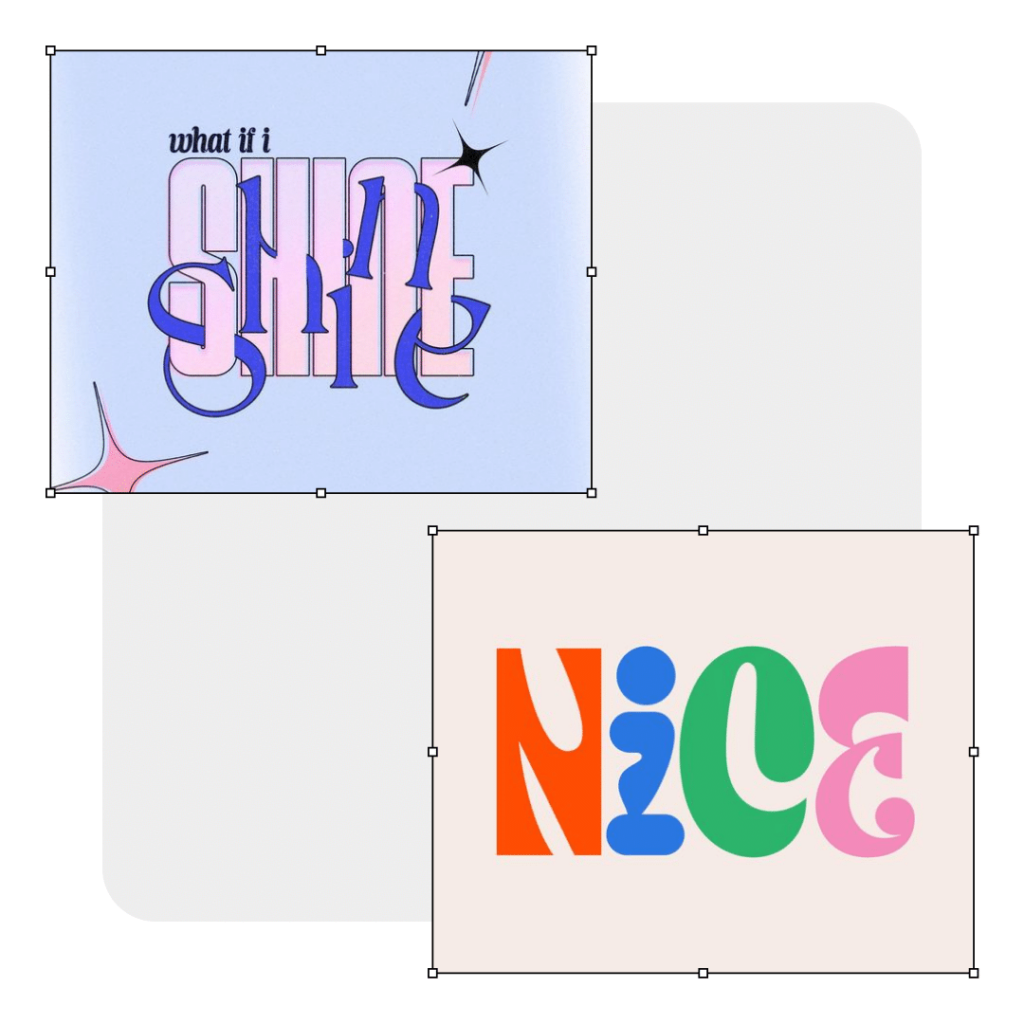
6. Playful Typography
Playful experimental typography is a manifestation of a few of the abovementioned trends — anti-design, Y2K, and maximalism. However, typography is a whole different discipline and so deserves a spotlight of its own.
The key to this digital design trend is to stay loud and be unafraid to experiment with lettering styles. Text is usually wide, chunky, fluid, distorted, and bold. The challenge for any graphic designer seems to be: How expressive can your typographic styles be while staying as legible as possible?
Following this trend may sometimes involve using letters as decorative elements rather than as functional text. For a successful design, just be sure that you’re hyper-aware of the distinction between your decorative and functional elements.
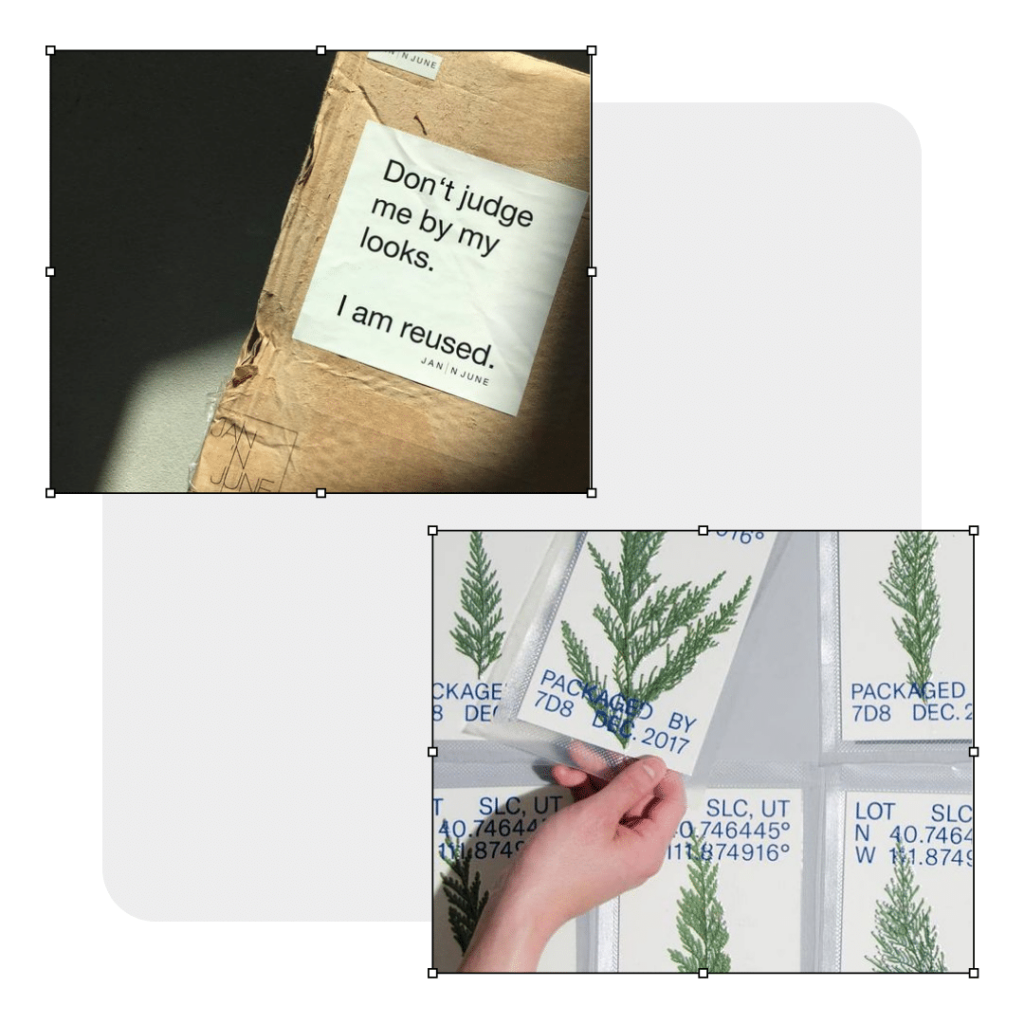
7. Eco-Consciousness
Pandemic-related stay-at-home orders resulted in 2021’s nature-inspired design trend. This wasn’t confined to the world of graphics — as early as 2020, people around the world responded to quarantine by filling indoor spaces with more plants than ever.
In the post pandemic world, eco-friendly consciousness goes beyond our response to being quarantined. As climate change-related crises touch our lives, we’re beginning to look at nature as more than just a muse for our design project, but as a home we’re afraid to lose.
This means that graphic design has to adapt to the growing demand for eco-friendly packaging. More designers are finding themselves creating graphics meant for zero-waste packaging.
This also means that the “natural” look is finding expression with more design elements than ever before. We continue to use earthy palettes and hand-drawn botanical illustrations instead of neon colors and parametric patterns. But following the maximalist collage trend, we are also including photographic elements such as images of real plants or dappled sunlight textures and vivid colors. We also use plenty of tropical resort-inspired interior design elements like white plaster walls and terrazzo flooring.
Mockups are also becoming more realistic, with both designers and their clients favoring sunny scenes with rooms full of — you guessed it — plants.
Design Your 2022 With Design Pickle
This year, it looks like more is more — so, if you want to create artwork that inspires others, you can’t go wrong with an unlimited design subscription.
With Design Pickle, you can create a consistent brand identity, while keeping up with the latest design trends for 2022. Our global pool of passionately helpful designers, illustrators, and motion graphic artists are reveling in the freedom of the year’s top trends inspired by retro aesthetics — but you can rest assured, ours is the kind of creativity that’s geared towards your business and your results.
Check out our flat-rate services or book a demo today.


